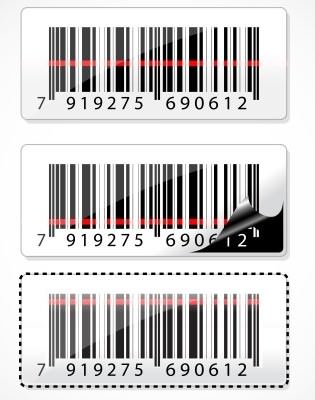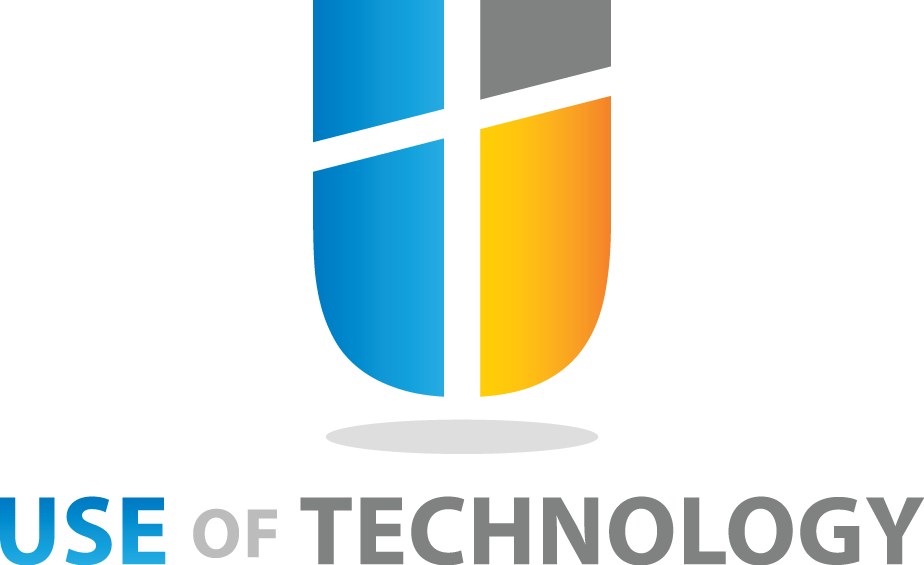Barcodes are a ubiquitous part of everyday life. They allow companies, ranging from major corporations to small businesses, to effectively keep inventory, charge for items, and a whole lot of other useful functions. In addition, thanks to the arrival of barcode printer app from companies like Shopify, barcodes are easily accessible for a whole range of businesses, no longer requiring expensive printing hardware only available to major firms. However, even though many of us are extremely familiar with the functionality and purpose of barcodes, exactly how they work is still a puzzle to many. As it turns out, barcodes have a long history, and they will probably have an even longer future.
The Beginning of the Barcode
The story of the barcode begins in the 1940s, immediately after the end of the Second World War, America had just received its troops with open arms, and the economy exploded with a whole range of new innovations and a workforce empowered by the success of the war. In 1948, Bernard Silver, then a graduate student in Philadelphia’s Drexel University, was somehow able to overhear a conversation between the dean and the president of a local food chain. The president asked the dean if he could research and develop a way to automatically register and record food sale checkout, and, eventually, any product.
Silver, a smart fellow, asked his friend for help, and immediately started experimenting with different designs. As barcoding.com reports, Silver and his friend first turned to ultraviolet ink as an identification system. However, the ink wasn’t very stable, so it melted away quickly. In addition, ultraviolet ink isn’t exactly the cheapest thing on the market. These obstacles convinced the duo to turn away from ultraviolet, however, they were still convinced that the general plan would work.
Silver’s friend moved to his grandfather’s house to develop a system, and, after a few months, he devised a system that was directly inspired by Morse code. This system was futuristic, and would change the world-Silver and Woodland, his partner and the one responsible for the breakthrough moment, were sure of it, CNN.com reports. However, in the 1950s, laser technology was rare and costly. Woodland took the idea to IBM, then on the cutting edge of computerized technologies, hoping that the major firm would have the money and resources to develop a system that was practical and effective. However, the idea never really took off in those first few decades, trapped behind other projects with more immediate applications.
However, by the 1970s, it was clear that some sort of automated system would be necessary for the checkout lanes. Supermarkets were on the verge of bankruptcy, as labor costs necessitated by the lack of automated systems were simply too much to handle. However, the major chains were scared away by the high cost of installation, and very few complied, even when public opinion worsened amid intense food inflation.’
Breakthrough
For a time, it looked as if this great idea would be lost in the dustbin of history. However, that changed when merchandise warehouses decided to implement them in bulk. Kmart was actually a leader in this movement, recognizing the usefulness of standardizing the checkout system in order to cut costs and improve efficiency and customer approval. And once Kmart implemented the system, other stores followed suit. Finally, customers got used to the new systems, and started to expect them everywhere.
Another major move, reports barcode.ro, came when the Department of Defense decided that barcodes would become the standard for all military purposes. Up to that point, in the early eighties, barcodes were seen as frivolous, silly, and experimental by many critics. However, once the United States military oks a project, those sorts of critics often have no argument left. From there, barcodes spread, becoming truly ubiquitous in the nineties as the hardware necessary to read barcodes got cheaper and cheaper in price.
Today, there are a number of different barcode readers, coming in all shapes and sizes. Traditional checkout line barcode readers are still standard, although digital displays and occasionally connection to the internet expands the possibilities drastically. However, not all barcode readers are confined to the checkout lane. With the smartphone revolution came an opportunity for major retailers and small businessmen to make their point of sale and customer relations technologies ever more accessible. Today, it’s not uncommon to see employees walking around retail stores with modified iPhones or iPod touches that are equipped with barcode scanners. Often, these small devices now handle inventory research, as well as provide information for customers who want to know about a product. The uses are growing daily, and it’s all thanks to the chance eavesdrop of Bernard Silver and the hard work of John Woodland. The next revolution in product identification may not have need to arise for decades or more.

